With the High Street (and physical stores) becoming less dominant, today’s focus looks at a very early adopter of “distance delivery” wine – first via mail order, then telephone and now on-line.
In fact, The Wine Society goes back to Victorian times when a consumer co-operative owned by its members was formed (initially) to clear residual stock from the Great Exhibition of 1874.
Nowadays, it is a modern forward-thinking operation but its wines continue to impress in terms of value and quality.
I have singled out half a dozen or so that I think meet both of those criteria comfortably.
Other features today include a Top Tip on an up-and-coming grape variety and the usual Sunset Corner and Best of the Rest selections – one of which also strays beyond High Street offerings.
Use the pictures next to the description of a wine to help identify the bottle on the Society’s website or in a store.
Magic Bullet Selection

There is much talk of “modern Rioja” and the enormous emphasis it places on fruit components and here is a brilliant example – which also, coincidentally, serves as a perfect “cross-over” wine between European and New World styles.
Bold black cherry and blackberry fruit dominate 2016 Casa La Rad Solarce Rioja (£8.50 at The Wine Society and 14% abv) where is it is neatly supported by good acidity, limited tannin, almost mineral depth and hints of rosemary, cloves and chocolate.
As regular MidWeekers will know, the “Magic Bullet” choice (like its equivalent in the medical profession – effective solutions without side effects) is especially noteworthy because it tastes good without the disadvantage of costing a lot.
Much better than average case stuffers
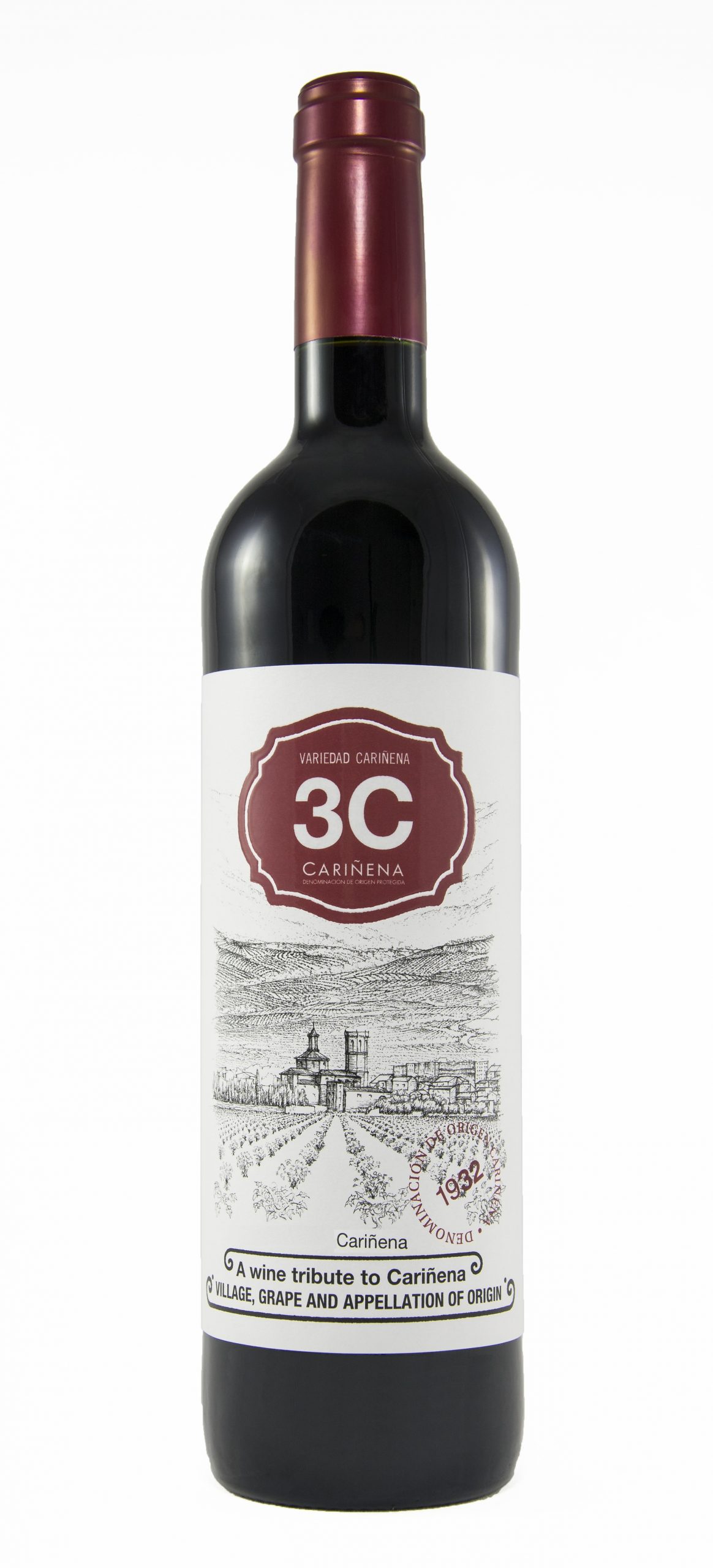
When buying in multiples (for example, to avoid delivery charges) many folk look for inexpensive, everyday wines that will, in effect, make up the numbers.
While this guy – and the Cantoiseau mentioned below – will perform that function well, this is actually a rather nice wine in itself.
Although quite light in texture, 2017 3C Carinena (£5.95 and 13.5%) uses what may be better known as the carignan grape to produce nutty and aniseed infused red wine with raspberry and red cherry fruit, firm acidity but only mild levels of tannin.
Meanwhile, further up the quality staircase

Disparaging assessments of pinotage are not hard to find but, when done as well as it is here, the real glory that the variety can reach comes shining through.
Consider how Stellenbosch’s 2016 The Society’s Exhibition Pinotage (£10.50 and 14%) combines soft cherry and plum fruit with sharp acidity, hints of cocoa, mint and sweetness, a firm (yet proportionate) grip of tannin and, finally, evolving savoury depth.
Now for that everyday white
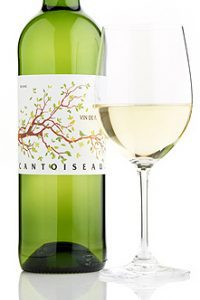
The relatively new Vin de France classification allows more geographic flexibility than the old appellation laws and carefully assembled wines – like this colombard led option – take full advantage to create attractive wine at even more attractive prices.
Light in alcohol and uncomplicated 2018 Cantoiseau Blanc Vin de France (£5.95 and 11.5%) may be but it still delivers white wine with rounded yet clean, red apple and (unusually) berry fruit and sound pink grapefruit acidity.
And for real class…..
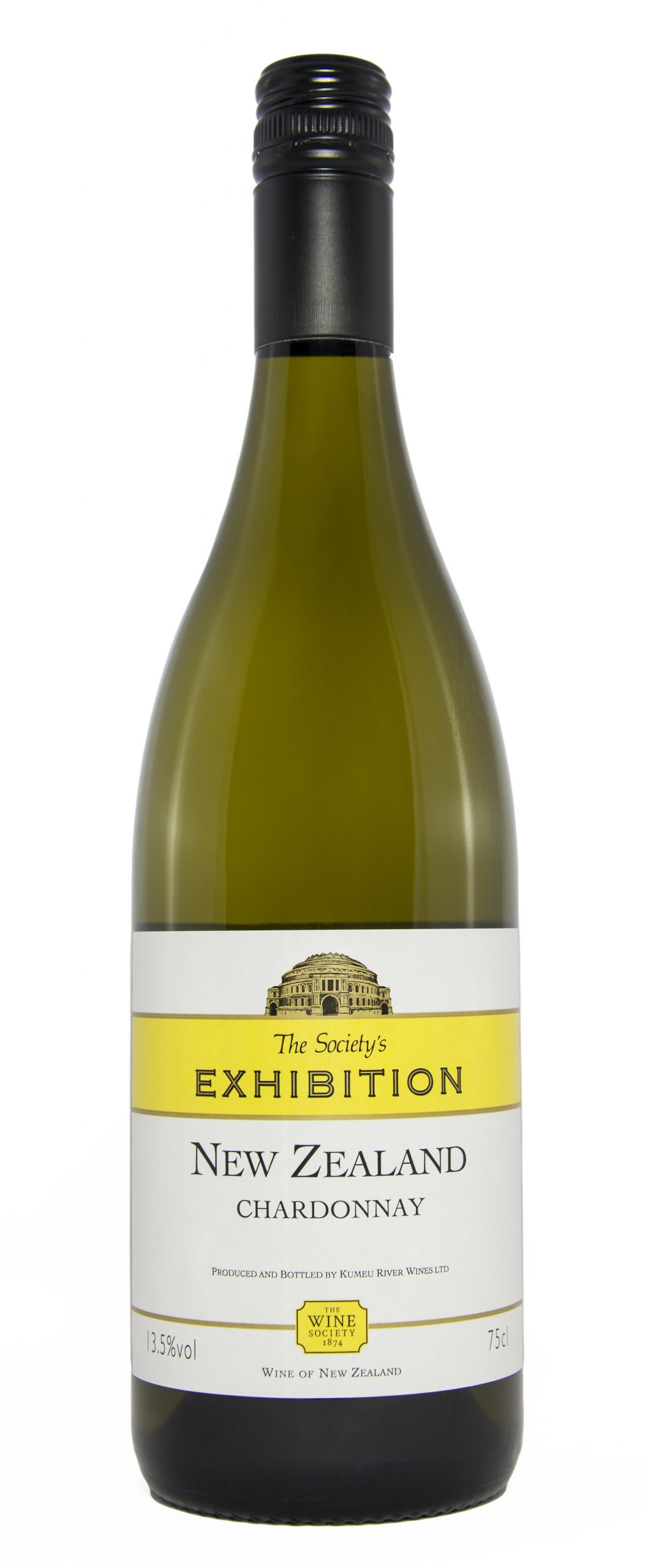
Amidst our long running love affair with New Zealand’s sauvignon blanc, we often lose sight of what treasures the country produces from other varieties – such as this classy chardonnay from the North Island.
Crisp and fresh 2017 The Society’s Exhibition New Zealand Chardonnay (£14.95 and 13.5%) has apple, quince and ripe pear fruit, good lemon acidity and nutty based depth – all masterfully balanced with toffee and vanilla hints that tell you oak has been involved here, but very subtly so.
Moving out the mainstream
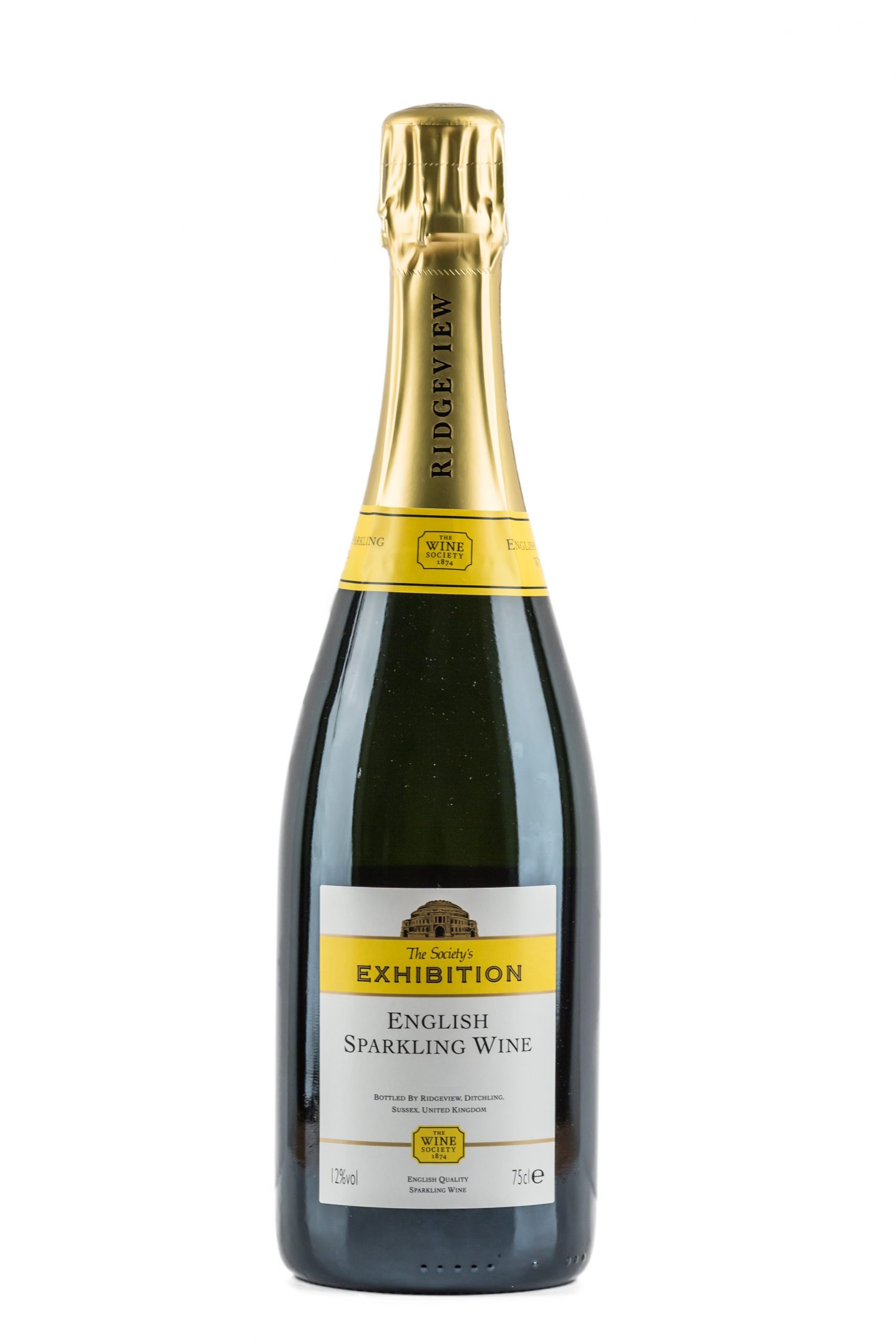
So much for conventional table wine but it is now time to consider bubbles and, despite the Society’s impressive champagne offerings, I am heading for a sparkling wine from Sussex (and not just because it’s my home county – and, hence, cricket team).
Derived from the usual trio of (champagne country) grapes, The Society’s Exhibition English Sparkling Wine (£23 and 12%) has floral aromas, delicate ripe melon and white currant fruit, a lively mousse, lingering tangerine and citrus pith acidity coupled with just a hint of sweetness.
Venturing further from the mainstream

Dessert wines can be one dimensional unless they include mitigating acidity. Happily, this Australian example does so yet still offers a density reminiscent perhaps of PX sherry.
Enjoy though the deep, dark (yet perfumed) richness of Stanton & Killeen Rutherglen Muscat (£17 for a half bottle and 18%) reflected nicely in its very sweet date and fig flavours and the suggestions of mocha and honey that accompany them.
BEST OF THE REST
Retro but seriously upgraded

Back in the day, Vinho Verde used to be bland, unexciting stuff but Portuguese winemakers have fought hard to re-invent the region’s wines – upgrading the content of blends and accentuating the style’s acidity driven freshness.
While the light, spritzy style is preserved in Vinho Verde (£5.25 at Tesco and 10.5%), there is also grapefruit based depth and sherbet infused lime and apple acidity.
Moving up the quality ladder

I have edged up the usual price criteria for this example but it nicely illustrates how spending a pound or two more can quickly take you several rungs up the quality ladder even with something where basic versions are usually sound – like Argentinian malbec.
Notice how the customary soft raspberry fruit with only gentle tannin in 2018 End of the Line Malbec (£7.99 at www.laithwaites.co.uk and13%) is supplemented by blackcurrant and red cherry flavours here and how extra bold acidity and a sage, cinnamon and chocolate texture add real complexity.
SUNSET CORNER
This feature is an alert about promotions that are about to end, and anyone wishing to take advantage of the discounts may need to hurry.
This time, it is Sainsbury’s who have a current promotion but one that ends on Tuesday (19 March). Here are some of its contents:
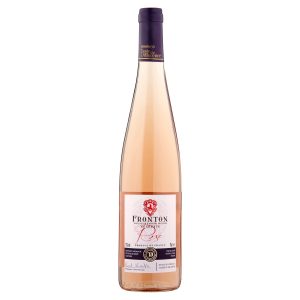
- Taste the Difference Touraine Sauvignon Blanc – £7 down from £8
- Taste the Difference Malbec Reserva High Altitude – £11.50 down from £13
- Taste the Difference Zinfandel – £9.50 down from £11
- Taste the Difference St Emilion – £10 down from £12
- Taste the Difference Fronton Negrette Rosé – £6 down from £7
TOP TIP
Tip: If you are a fan of riesling or chardonnay – try furmint
Regular MidWeeker, Dave Cronin went along to try a range of furmint wines recently and here is what he concluded.
Do you enjoy dry wines full of citrus flavours with crisp zingy acidity and fresh minerality similar to a dry (trocken) German riesling or even a bright riesling from Australia’s Clare valley?
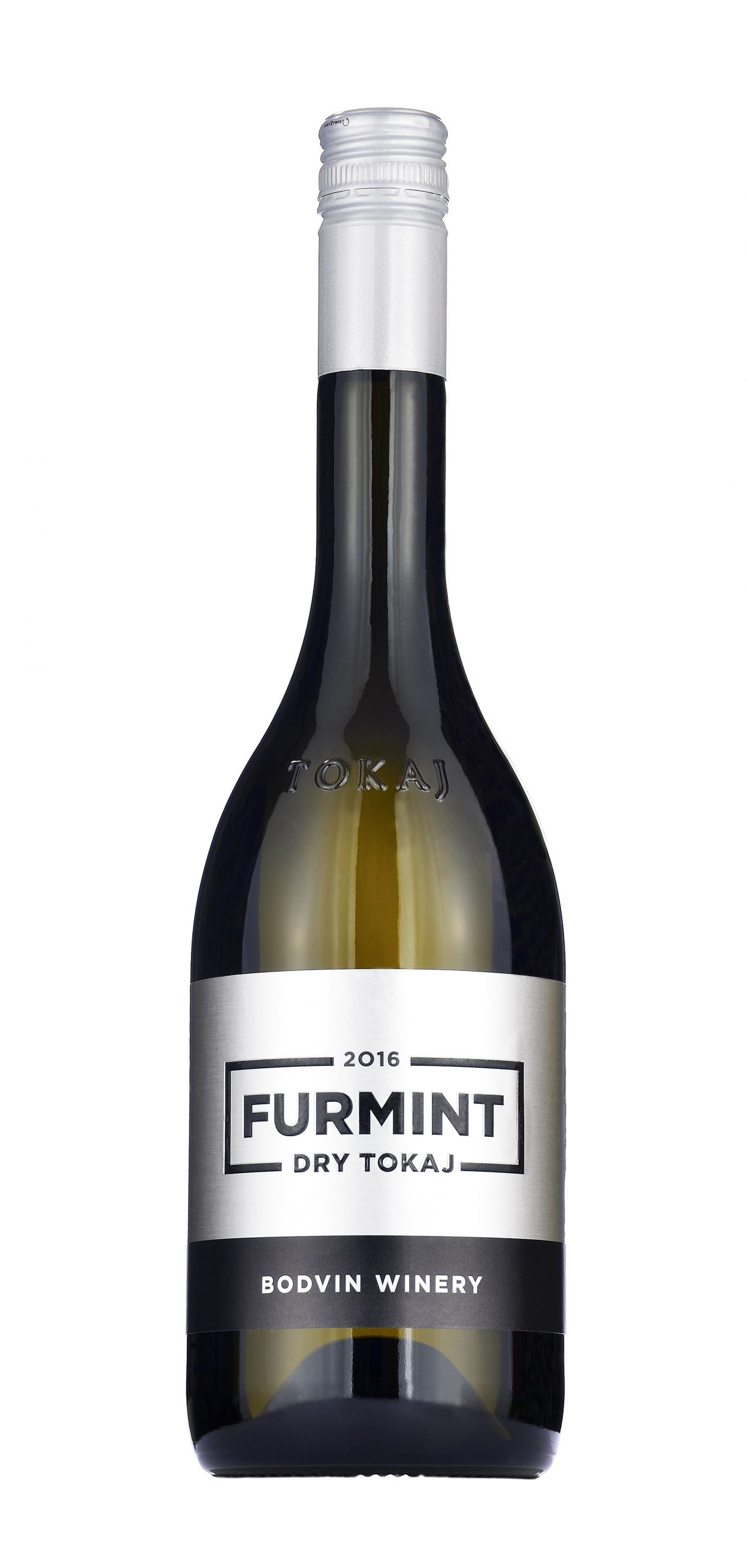
Or do you prefer something a little more intense perhaps with a touch of oak, creaminess and more tropical fruit flavours like a chardonnay?
If either cap fits, then read on to find out why furmint – Hungary’s premier unsung grape – may well be a suitable alternative on both counts.
Furmint is probably best known as the principal grape in Hungarian sweet Tokaji wines but, terrific as these sweeties are, there is more to this grape than meets the eye.
The name comes from the word ‘Froment’ the French word for wheat and relates to its golden colour and is Hungary’s most planted variety.
In that single-varietal form it produces a dry wine with high acidity, fresh crispness along with stone minerality and in some case a green herbaceous quality that can partner fish and seafood dishes well.
Furmint can also be aged in oak barrels giving it a more intense oily richness with some tropical notes but still retaining that fresh acidity which may appeal to lovers of chardonnay from, say, Burgundy.
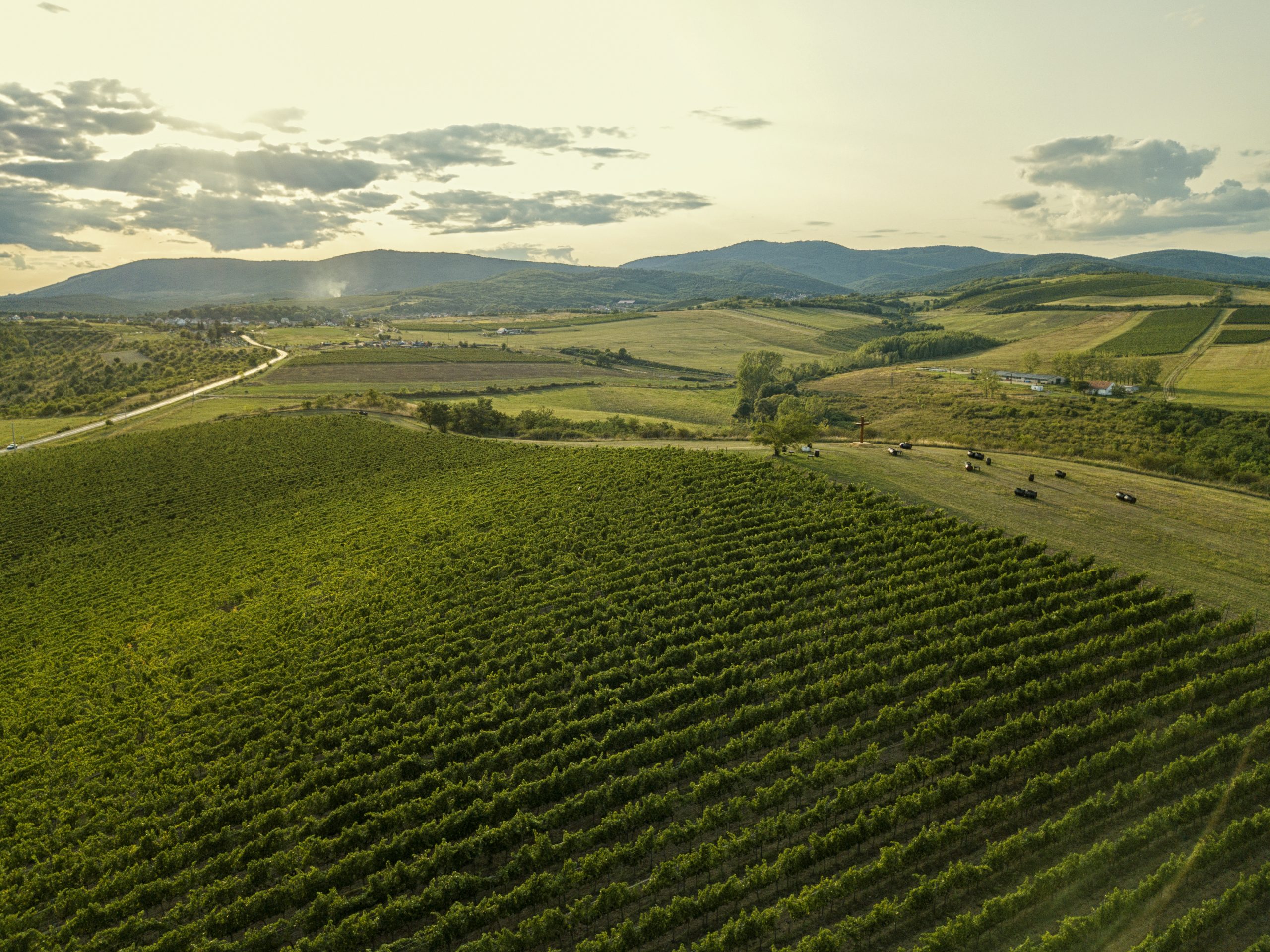
Either style has its merits and is best consumed relatively young (within 4 years or so) although higher quality ones can age for longer – and gain complexity in the process.
Furmint is now becoming increasingly available in most supermarkets and independent wine retailers so why not grab a bottle and try this unusual grape?
I fancy that you will be pleasantly surprised.
Editor’s Note: Sainsbury’s have a dry version while, for those with a sweeter tooth, Tesco sell the Late Harvest Tokaji. Both are at reasonable prices.









2 responses
Hi Brian
Although I’m a member of the Wine Society I don’t order as much as I should do from them but when I have most of the wines have been excellent and as you have highlighted their own ‘Exhibition Range’ is pretty decent and I can vouch for the Chardonnay.
The 3c Carinena was actually part of my first ever order and great value at £6.
As regards to the Top Tip on Furmint, I was bowled over by the quality of some of the wines on show and urge your readers to seek some out and try it, I’m now a big fan.
Salud & drink well
Dave
Thank you Dave. Several people have told me that they enjoyed that Furmint piece you mention